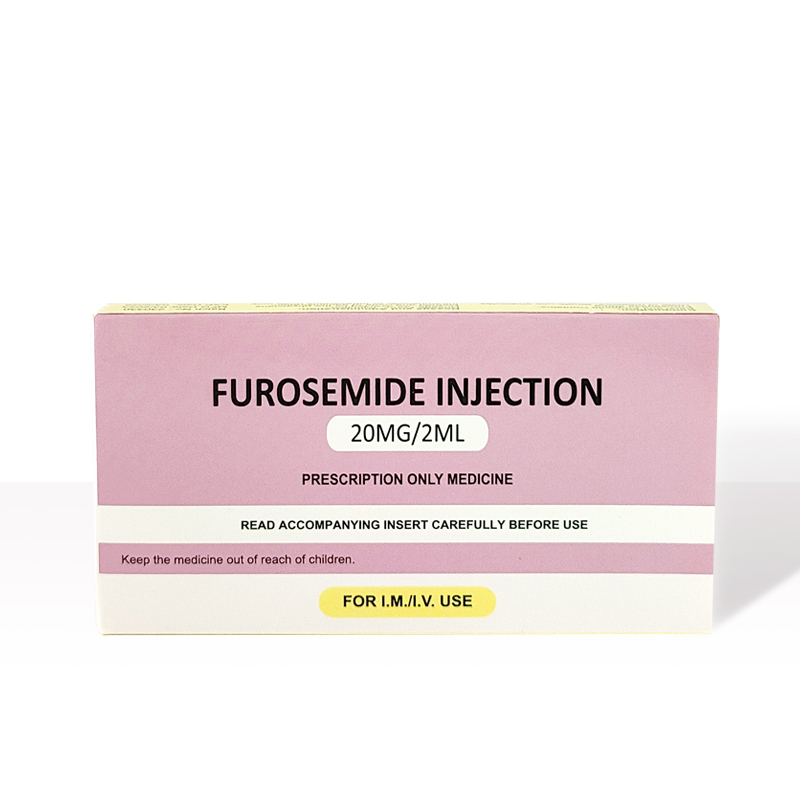
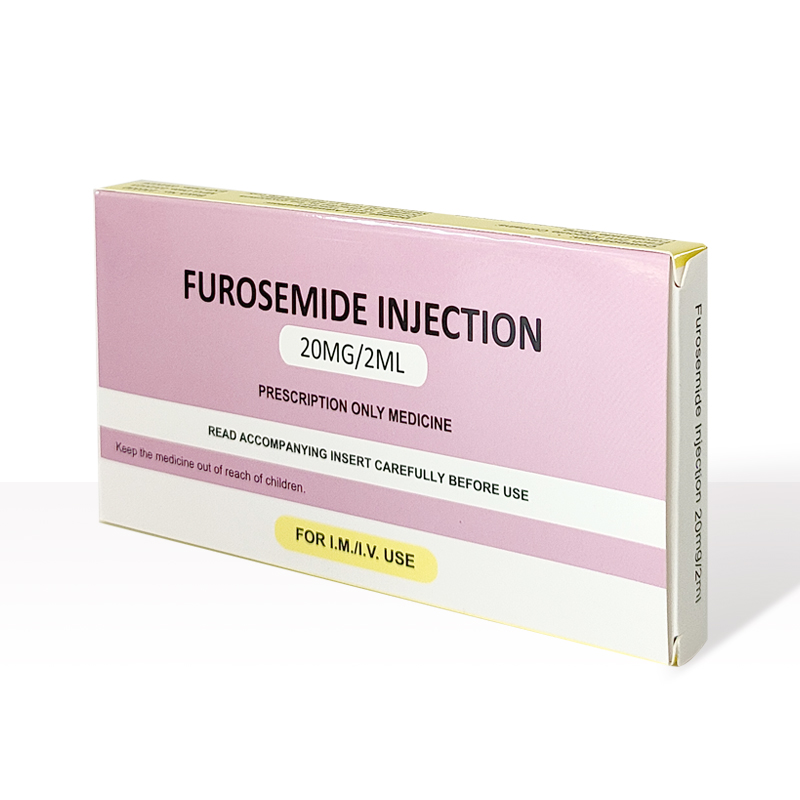
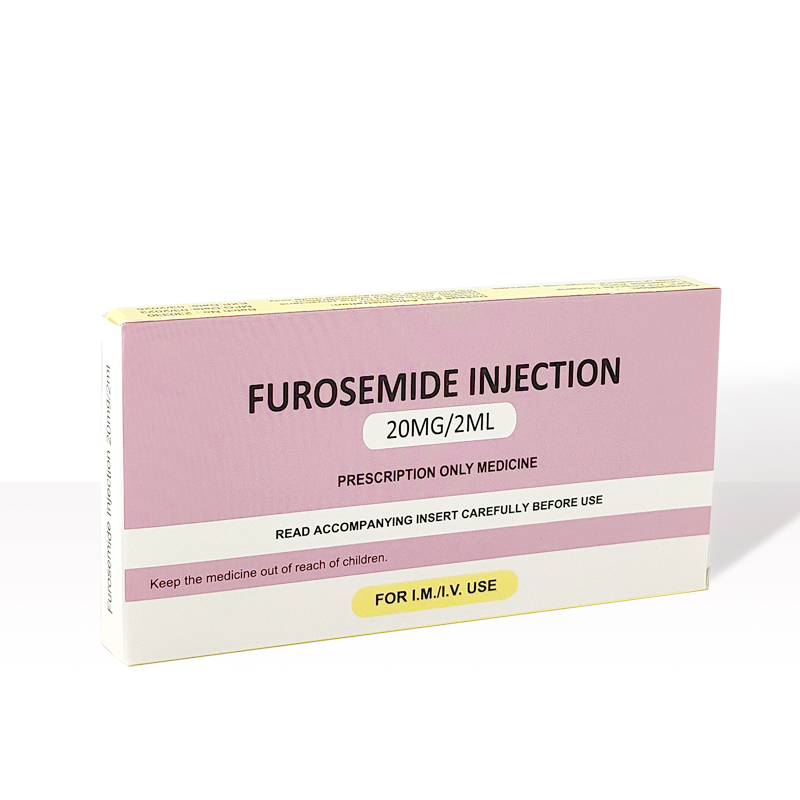
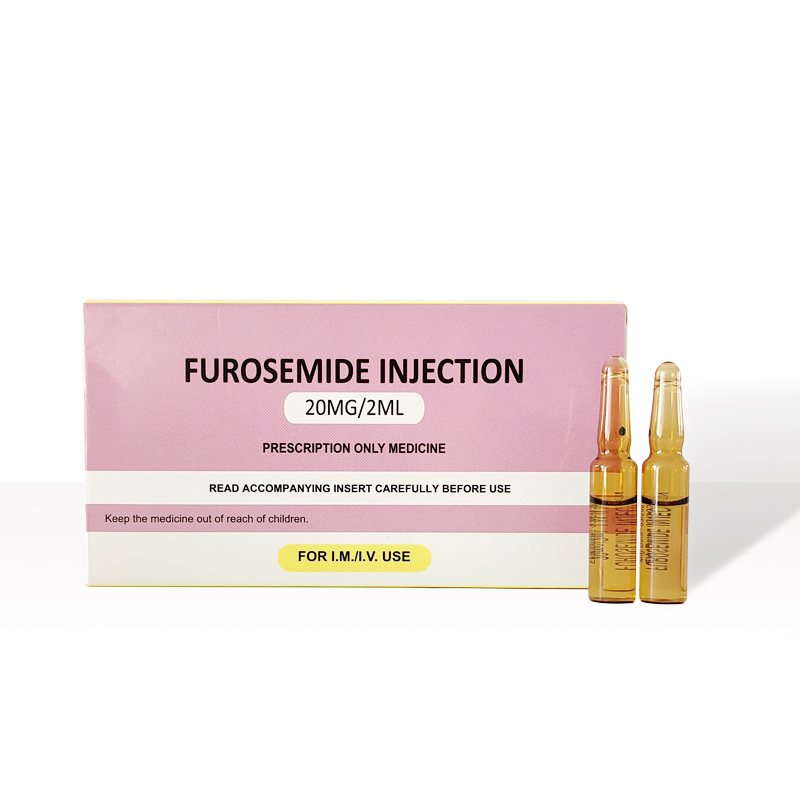
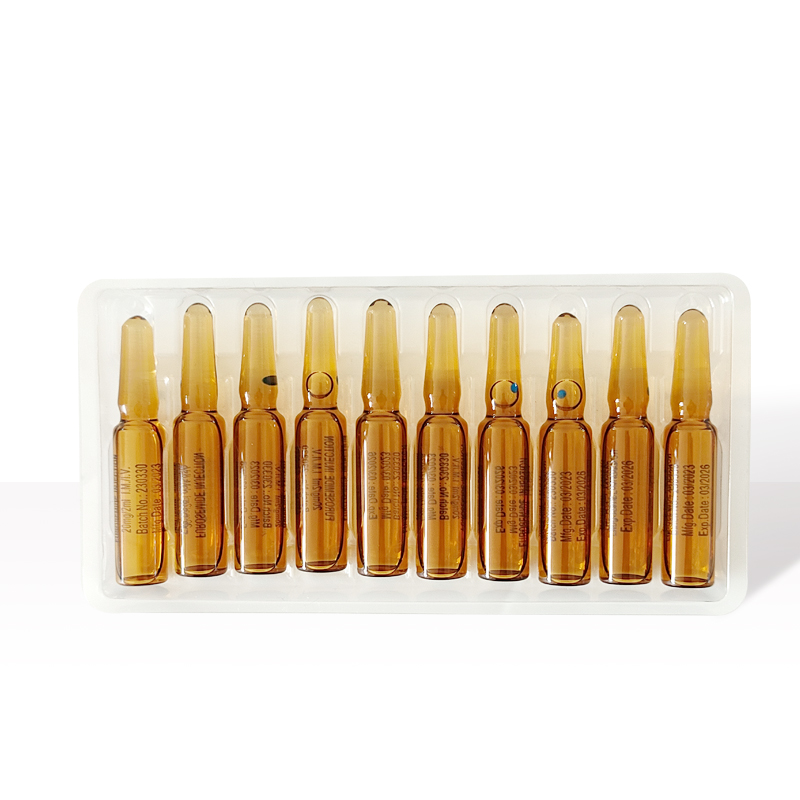
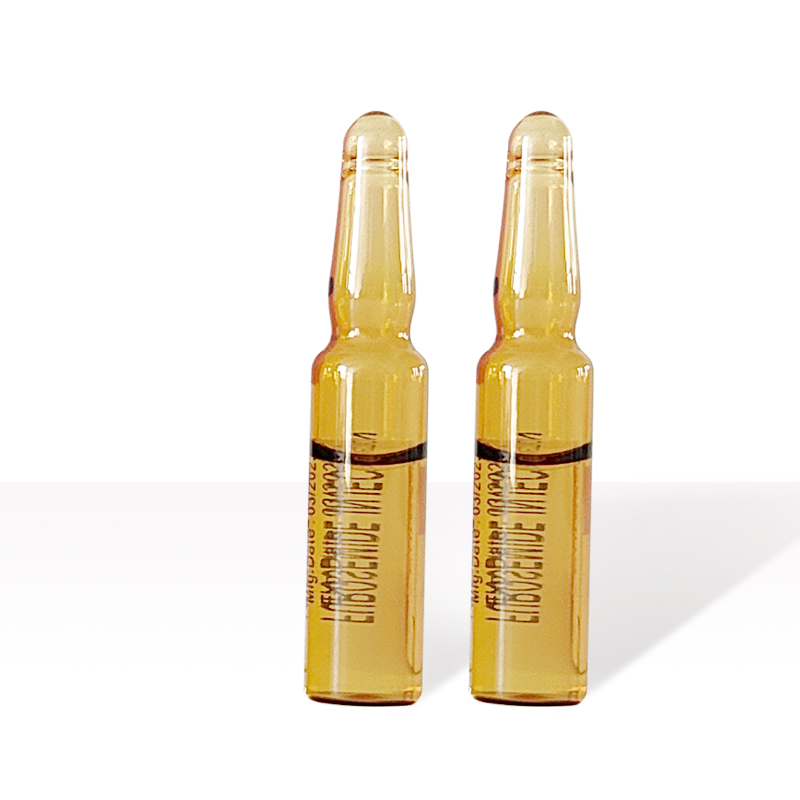
Mechanism of Action
Artemether is a derivative of artemisinin, a natural compound derived from the plant Artemisia annua. It exerts its antimalarial effects primarily through the following mechanisms:
- Generation of Free Radicals: Artemether contains an endoperoxide bridge that is cleaved in the presence of heme (a byproduct of hemoglobin digestion by the malaria parasite). This process generates highly reactive free radicals, which damage the parasite's cell membranes and disrupt its essential cellular functions.
- Inhibition of Parasite Enzymes: Artemether inhibits an essential calcium ATPase (PfATP6) in the malaria parasite, leading to intracellular calcium accumulation and subsequent cell death.
- Disruption of Hemoglobin Detoxification: Artemether interferes with the parasite's ability to detoxify heme, which is produced during hemoglobin digestion. This leads to the accumulation of toxic substances within the parasite, ultimately causing its death.
- Inhibition of Nucleic Acid and Protein Synthesis: Artemether and its active metabolite, dihydroartemisinin, inhibit the synthesis of nucleic acids and proteins in the malaria parasite, further contributing to its antimalarial activity.
Applications
Artemether is primarily used for the treatment of malaria caused by Plasmodium falciparum, including:
- Uncomplicated Malaria: Artemether is effective against uncomplicated malaria infections, particularly in regions where chloroquine resistance is prevalent.
- Severe Malaria: Although artemether can be used for severe malaria, intramuscular artemether is less reliable than other artemisinin derivatives like artesunate due to its poor water solubility and variable absorption.
- Multidrug-Resistant Malaria: Artemether is often used in combination with other antimalarial drugs (e.g., lumefantrine) to treat malaria that is resistant to multiple drugs.
Dosage and Administration
- Adults:Oral/Intramuscular: 80 mg twice daily on the first day, followed by 80 mg once daily for the next 4 days. The maximum total dose is 480 mg over 5 days.
- Children:Intramuscular: 3.2 mg/kg body weight on the first day, followed by 1.6 mg/kg once daily for the next 4 days. The maximum total dose is 9.6 mg/kg over 5 days.
- Combination Therapy: When used in combination with lumefantrine, the dosing schedule may vary depending on the specific formulation and patient weight.Example for Artemether-Lumefantrine Combination:Children (5-15 kg): 1 tablet at diagnosis, 1 tablet after 8 hours, then 1 tablet twice daily for the next 2 days.Children (15-25 kg): 2 tablets at diagnosis, 2 tablets after 8 hours, then 2 tablets twice daily for the next 2 days.Adults and Children (≥35 kg): 4 tablets at diagnosis, 4 tablets after 8 hours, then 4 tablets twice daily for the next 2 days.
Storage
- Conditions: Artemether should be stored in a cool, dry place, protected from light and moisture. It is typically stable at room temperature (15-30°C) but should be kept out of reach of children.
- Expiration: Always check the expiration date on the product packaging. Do not use expired medication.
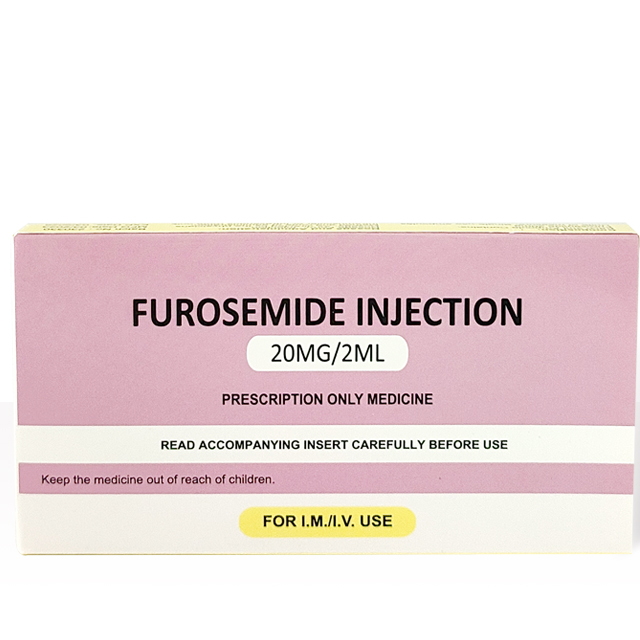








 2006-2025 上海博華國際展覽有限公司版權(quán)所有(保留一切權(quán)利)
滬ICP備05034851號-57
2006-2025 上海博華國際展覽有限公司版權(quán)所有(保留一切權(quán)利)
滬ICP備05034851號-57